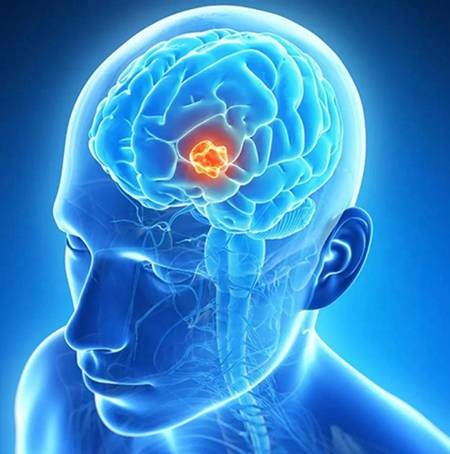
There are three major brain tumor types. The two most common types are benign and malignant. The former are common in children and have features in common with the developing Central Nervous System. Both are made up of cells called glial cells. They form in cavities in the brain and spinal cord, and are classified by type of cell, location, and molecular genetic changes. At Siteman Cancer Center, patients can find comprehensive treatment for all three.
Primary brain tumors can develop in any brain tissue or cell, and some are made up of mixed cell types. In fact, the most aggressive primary brain tumor, glioblastomas, tends to occur in adults. These tumors are most common between the ages of 40 and 70 and are often fatal. Other primary brain cancers are more common in children. For adults, the most commonly diagnosed are gliomas and meningiomas.
These types differ by location. Primary brain tumors begin in the brain, while secondary tumors have spread to the spinal cord. In either case, treatment methods are different. The latter is more advanced and usually requires more aggressive treatment. However, primary brain cancers are the more common form of these diseases. They are also harder to diagnose and treat, and the outcomes can vary greatly. But the treatment options are still important for each patient. There are many options for a diagnosis of brain tumors, and the best treatment options are tailored to each patient’s needs.
The first type of primary brain tumor is a benign tumor. It is formed by Schwann cells that support peripheral nerves. The second type of benign tumor is aglioma. This cancer is rare in adults and can develop at any age. Agliomas, a type of brain cancer, are most common in men. The most dangerous type of primary brain tumor, glioblastoma, most often develops between the ages of 40 and 70 years. Due to their aggressiveness, astrocytomas are extremely dangerous and can be fatal.
The most common primary brain tumors are astrocytomas and oligodendrogliomas. Most of these types are benign, but some are considered malignant. An astrocytoma is a swollen brain tumor that has spread to other parts of the body. Although the latter is rare, it can still be life-threatening if not treated promptly. It can also cause serious symptoms such as seizures and other neurological disorders.

The second type of brain tumor is called an astrocytoma. Astrocytomas are a type of astrocytoma and are the fastest growing malignant tumor of the central nervous system. The third type of brain tumor is oligodendroglioma. This is a slow-growing type of astrocytoma. Its symptoms are similar to those of glioma.
The third type of brain tumor is known as astrocytoma. It develops from the cells lining the spinal cord and chambers of the brain. Ependymomas usually occur in children and are relatively small in size. The disease can cause sudden eye movements, neck pain and vision problems. Surgical treatment may include radiation therapy, chemotherapy, or surgery. Some people will have to undergo multiple treatments, so it is important to have a thorough understanding of all types of cancer and visit a health website regularly to do so thaivolleyball.co.th.
Symptoms of brain tumors can be vague or specific. A brain tumor can put pressure on the brain or cause other problems. Some of the most common types of brain tumors are primary and secondary. The primary type is the one that originates in the head. The second type is the one that develops in other organs. Primary brain cancer does not usually spread to other parts of the body. If a patient has multiple types of cancer, they should be evaluated as soon as possible.
There are several other types of brain tumors. Primary tumors grow in the brain tissue and generally compress it. Some of these tumors are malignant, which means that they can invade surrounding tissue. These types of tumors will often require surgery to remove them. Most primary tumors are benign, but sometimes they are accompanied by symptoms. There are also a few other types of tumors that are called secondary. Some of these are less common than others.
